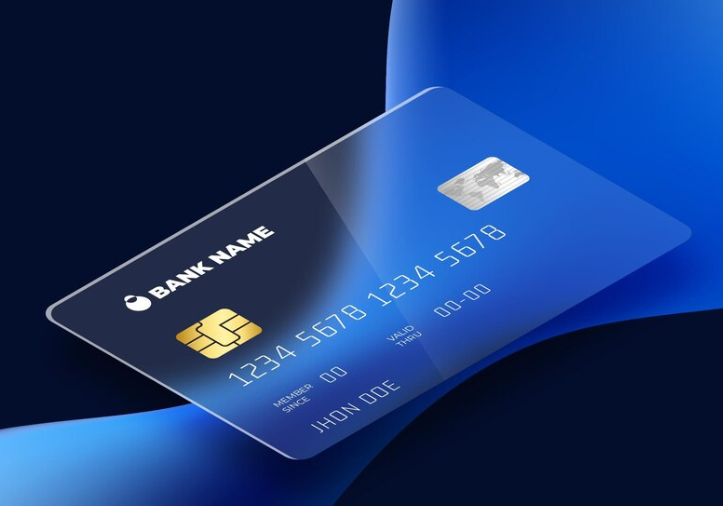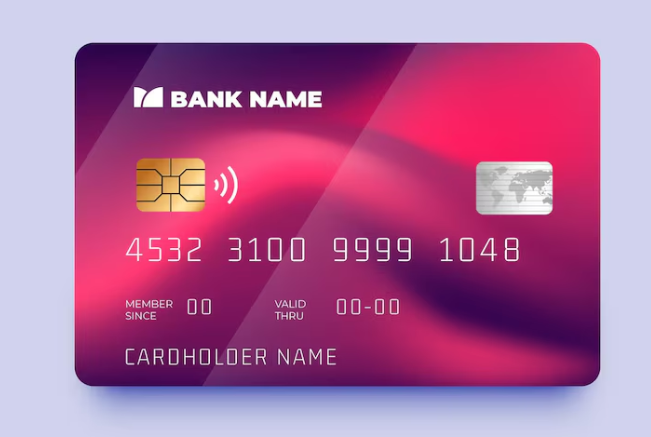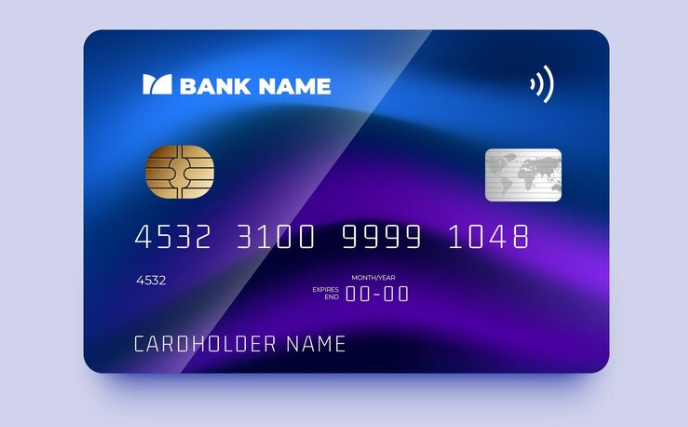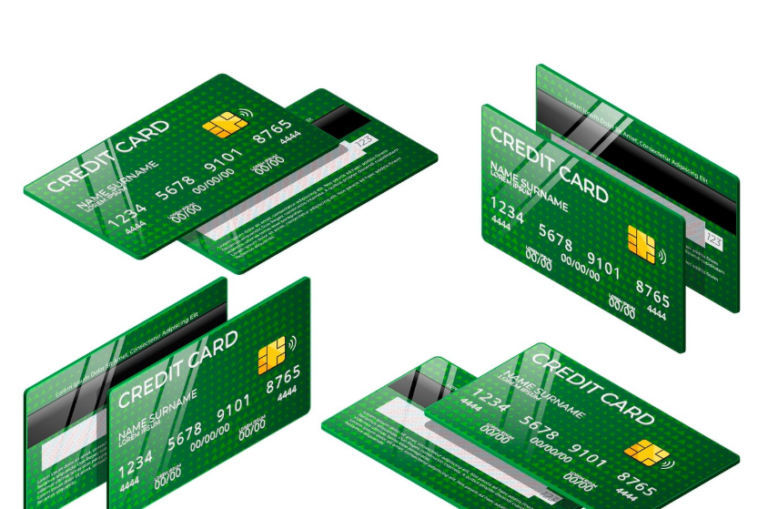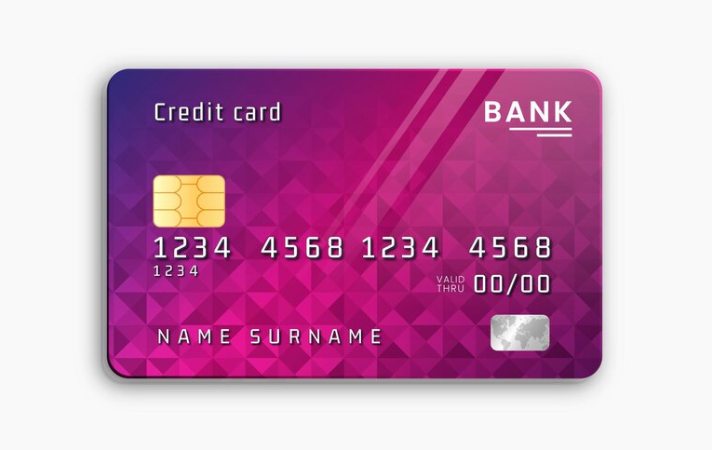A Beginner’s Guide to Choosing the Right Credit Card Provider
Selecting the right credit card provider can feel overwhelming, especially if you’re new to the world of credit. With so many options available, it’s essential to understand the key factors that can help you make the best decision for your financial needs. This guide will break down the basics of choosing a credit card provider, so you can feel confident as you start your journey toward better financial management.
Step 1: Understand Your Financial Needs
Before diving into specific credit card providers, take a moment to assess your financial goals and spending habits.
Questions to Ask Yourself
- What is the card’s purpose?
- Are you building credit, earning rewards, or financing a large purchase?
- How do you plan to use the card?
- Will you pay off the balance every month, or will you carry a balance and need low-interest options?
- What is your credit score?
- Different providers cater to varying credit ranges. Knowing your score will help narrow your options.
Step 2: Compare Credit Card Providers
Not all credit card providers are created equal. Each company offers unique features, rewards programs, and customer service experiences. Here’s a breakdown of the most popular providers and what they’re known for:
1. American Express (Amex)
- Best for: Premium rewards, travel perks, and exclusive benefits.
- Key Features:
- Extensive travel rewards and lounge access.
- Excellent customer service.
- Generally caters to people with good to excellent credit.
2. Chase
- Best for: Flexible rewards and travel enthusiasts.
- Key Features:
- Ultimate Rewards® program with versatile redemption options.
- Great travel partnerships and strong travel cards (e.g., Chase Sapphire Preferred®).
- Offers beginner-friendly cards as well as premium options.
3. Capital One
- Best for: Straightforward rewards and credit-building options.
- Key Features:
- No foreign transaction fees on most cards.
- Accessible cards for people with fair or limited credit (e.g., Capital One Platinum®).
- Strong travel cards, like the Capital One Venture Rewards Credit Card.
4. Citi
- Best for: Balance transfers and global travel rewards.
- Key Features:
- Long introductory APR periods for balance transfers.
- Competitive rewards programs, especially for global travelers.
- Solid everyday cash-back options like the Citi Double Cash® Card.
5. Discover
- Best for: Cashback rewards and no-fee cards.
- Key Features:
- Simple cashback programs with rotating categories.
- No annual fees, no foreign transaction fees, and first-year cashback matching.
- Excellent options for students and first-time credit users.
6. Synchrony Financial & Barclays
- Best for: Store credit cards and niche partnerships.
- Key Features:
- Synchrony: Private-label credit cards for retailers like Amazon and Lowe’s.
- Barclays: Travel and co-branded cards, such as the JetBlue Plus Card.
Step 3: Evaluate the Key Features of a Credit Card
Once you’ve identified a few providers, compare the specific features of their credit cards.
1. Rewards Programs
- Cashback: Earn a percentage of your purchases back as a statement credit or cash.
- Travel Rewards: Earn points or miles for flights, hotels, and other travel expenses.
- Retail Rewards: Ideal for frequent shoppers at specific stores (e.g., Amazon, Target).
2. Fees and Interest Rates
- Annual Fees: Some cards charge an annual fee but offer premium benefits to offset the cost.
- APR (Annual Percentage Rate): If you carry a balance, look for cards with low-interest rates.
- Foreign Transaction Fees: If you travel abroad often, avoid cards with these fees.
3. Sign-Up Bonuses
Many providers offer one-time bonuses for new cardholders, such as extra rewards points or cashback if you spend a certain amount within the first few months.
4. Credit-Building Tools
For beginners or those rebuilding credit, some providers offer tools like:
- Free credit score monitoring.
- Secured credit card options that require a refundable deposit.
Step 4: Check the Eligibility Requirements
Each credit card provider has specific criteria you must meet to qualify for their cards.
1. Credit Score Requirements
- Good to Excellent Credit: American Express, Chase, and Citi typically require higher credit scores for their rewards cards.
- Fair to Good Credit: Capital One and Discover have more accessible options for people with mid-range credit scores.
- Poor or Limited Credit: Consider secured cards or starter cards, like the Discover it® Secured Card or Capital One Platinum®.
2. Income Requirements
Providers often evaluate your income to ensure you can handle a credit line. Be honest about your financial situation when applying.
3. U.S. Residency or Citizenship
Most credit card providers require applicants to be U.S. residents, though some companies (like American Express) cater to international applicants under certain conditions.
Step 5: Read the Fine Print
Before committing to a card, read the terms and conditions carefully. Look out for:
- Penalty APRs: Higher interest rates if you miss a payment.
- Late Payment Fees: Ensure you know the cost of late payments and grace periods.
- Rewards Expiration: Some programs have points or cashback that expire after a set time.
Step 6: Choose a Provider That Aligns with Your Lifestyle
Finally, choose a provider that matches your spending habits and goals. For example:
- If you’re a frequent traveler, consider Chase or American Express for robust travel perks.
- If you’re looking for simple cashback rewards, Discover or Citi could be the way to go.
- If you’re building credit, Capital One or Discover offer accessible options without annual fees.
Conclusion
Choosing the right credit card provider doesn’t have to be complicated. By understanding your financial goals, researching providers, and comparing features, you can find a card that meets your needs. Whether you’re focused on rewards, credit building, or everyday savings, there’s a provider out there that’s perfect for you.
Take your time, read the fine print, and choose a card that will support your financial journey in the long term.

